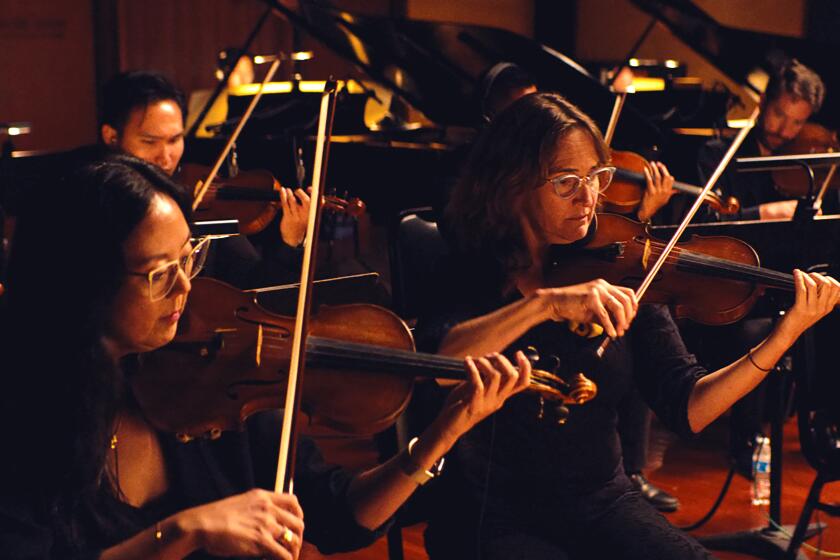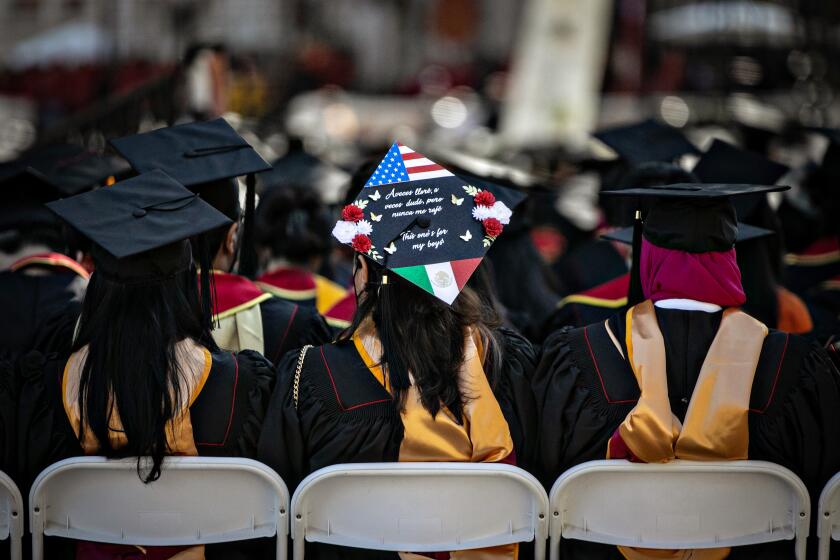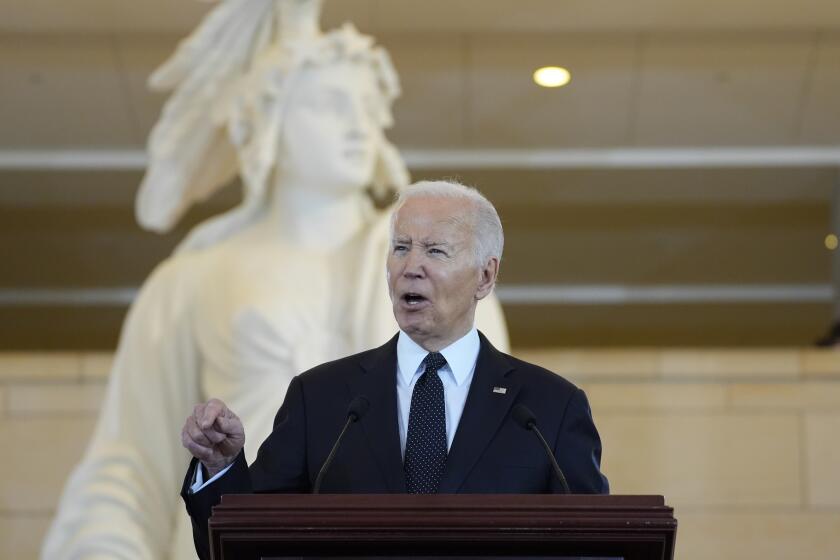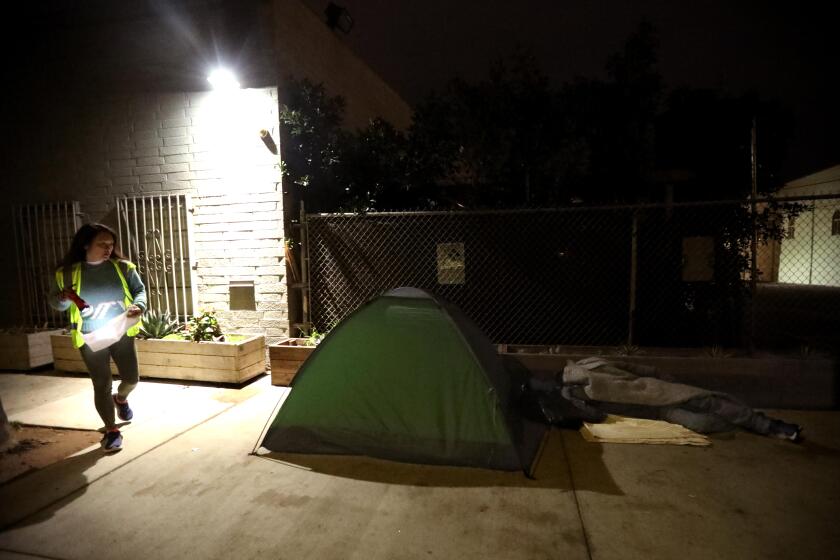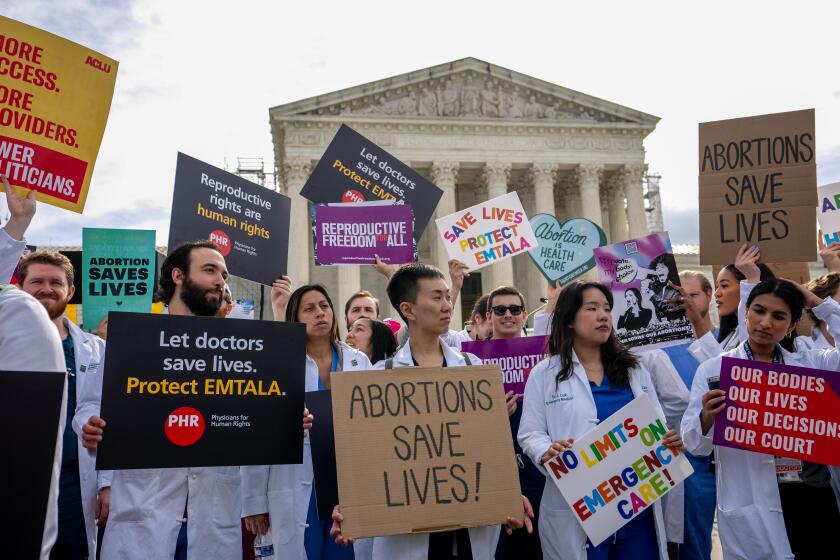Editorial: Critics say Prop. 28 arts funding is being misspent. School administrators need to show their work
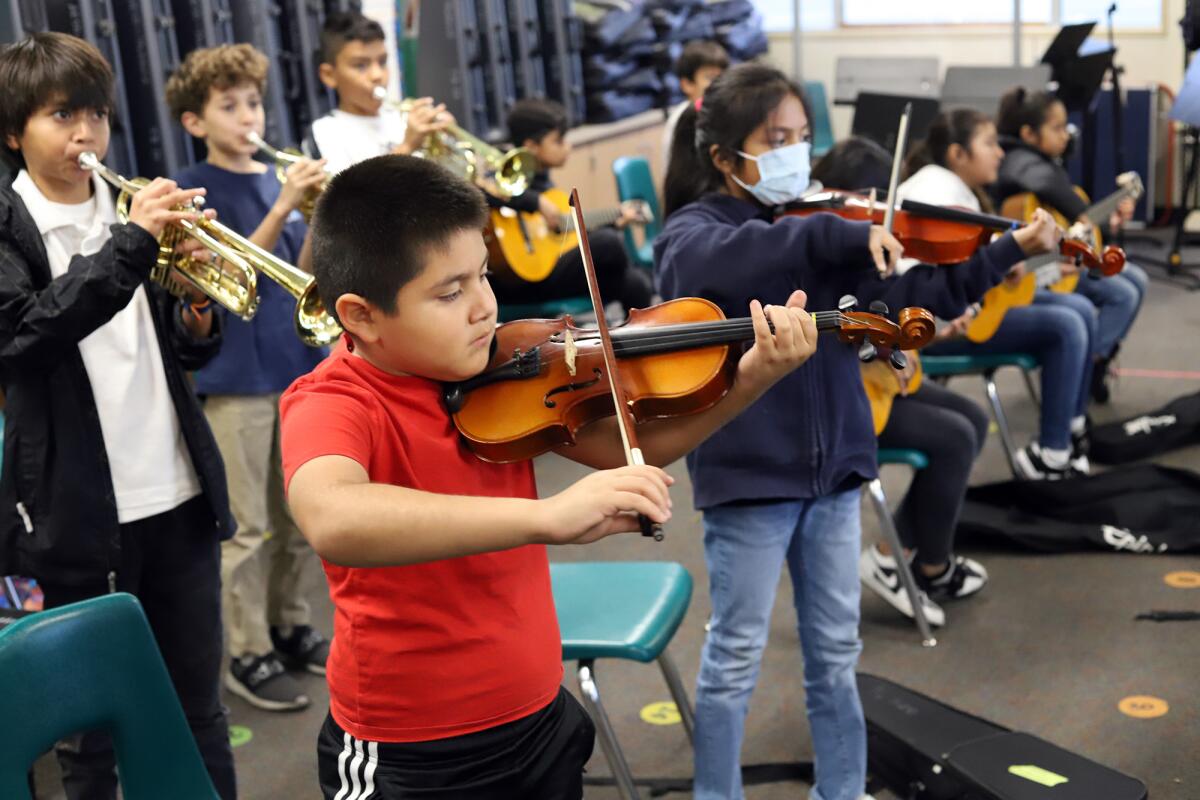
Proposition 28, the ballot initiative approved by voters in 2022, directs nearly $1 billion a year to California’s K-12 schools to expand their arts education programs such as music, dance, theater, painting and photography.
But now that those funds are rolling out, powerful labor unions and proponents of the measure, including the California Teachers Assn. and former L.A. Unified School District Supt. Austin Beutner, have accused the LAUSD and other school districts of misusing the money by backfilling funding that’s been cut or redirected for other purposes.
“It has come to our attention, however, that some school districts in California are willfully violating the law by using the new funds provided by Prop. 28 to replace existing spending for arts education at schools” they wrote in a letter to Gov. Gavin Newsom and other state leaders in March. Although they didn’t name the districts, in interviews they said that the LAUSD was among dozens of districts they believe to be misusing arts funds.
L.A. is a bastion of music education in public classrooms compared with most of the country, where participation in the arts largely depends on whether your parents can pay for it.
These are troubling allegations. Although critics have not named the other districts because they have not verified those claims, they say they have documented misuse by the LAUSD. LAUSD administrators deny the claims, but they owe it to the public to provide clear and detailed documentation showing how exactly how the Proposition 28 funds are being used.
Proposition 28 requires that a portion of California’s general fund, equal to 1% of the minimum state funding levels for K-12 schools and community colleges, be set aside to expand visual and performing arts education programs. The law is exceedingly clear that this money must be spent to increase arts education programs.
But United Teachers Los Angeles President Cecily Myart-Cruz said the teachers union heard from school principals and parents that funding for arts programs at their schools has decreased this school year or that Proposition 28 money has merely supplanted existing arts funding.
“We know from many schools that previous funding for arts teachers was cut and school administrators told them that the only way to keep teachers and aides was to use the Prop. 28 funding,” Myart-Cruz said in an interview.
Universities were never meant to be merely career-prep schools. But more universities are shrinking non-STEM departments.
LAUSD officials say those allegations are baseless and the district is using the $76 million in Proposition 28 arts funding it received this school year only to augment its programming. They said the number of arts teachers has nearly doubled districtwide, from the equivalent of 273 full-time positions last school year to 540 this year.
“We have all the data and evidence to prove that,” Deputy Supt. Pedro Salcido said in an interview, though he acknowledged that because funding is allocated on a per-pupil basis, some schools with declining enrollment received less arts funding this year than the year before. But he said the LAUSD’s only obligation is to demonstrate expanded arts programming districtwide.
There’s no place for antisemitism in the U.S. But House’s Antisemitics Awareness bill goes too far in infringing on free speech.
The district recently announced plans to use another $7 million to help schools that saw a net loss in arts funding. Salcido said members of the public can check how much Proposition 28 money their school has received and how it is being used by reviewing individual school spending reports that are posted in an online directory. But our review suggests it will be difficult for laypeople to make sense of these spreadsheets and get clear answers about how spending has changed.
Furthermore, the burden shouldn’t be on parents and students who have long suffered from a lack of arts teachers and too few opportunities to develop their musical and artistic talent. LAUSD officials should report detailed, easy-to-understand metrics for every school. They should include how many hours of arts instruction students receive in each school compared to past years and how they are complying with the law’s requirements to provide extra funding to schools with more low-income students.
Southern California air quality officials discussed port pollution at a luxury Rancho Mirage resort 100 miles from the harbor, when they should be adopting long-delaying rules for L.A. and Long Beach ports to slash health-damaging emissions.
The California Department of Education has taken the complaints from organized labor and Proposition 28 advocates seriously, though it has not confirmed any misuse. Still, it was concerned enough to send all local educational agencies in the state a reminder from state Supt. of Public Instruction Tony Thurmond that the law requires funds “be used to supplement arts and music programs, not to supplant.”
One reason this measure won such overwhelming voter support was because of the clearly defined restrictions on this money, placing it in a proverbial lockbox to be used only for expanded arts instruction, not to free up money for other priorities.
The U.S. military shouldn’t squash antiwar protests on college campuses, no matter what House Speaker Mike Johnson and other Republican politicians say.
Proposition 28 was pitched as a way to enhance life-changing arts education at public and charter schools, from preschool to 12th grade, while protecting art programs from being first on the chopping block when budget outlooks worsen.
All new laws have kinks to work out when they first take effect, and school districts have three years to use the funds once they are allocated. But this is such a large statewide investment that its implementation at each district and school should be well documented and scrutinized closely to ensure that all students are reaping the benefits.
“Families should expect arts education to increase at every school over the next three years,” said Elizabeth Sanders, a California Department of Education spokesperson. We agree, and urge state education officials to demand that school district administrators show their work and demonstrate they are delivering the expanded arts education voters were promised.
More to Read
A cure for the common opinion
Get thought-provoking perspectives with our weekly newsletter.
You may occasionally receive promotional content from the Los Angeles Times.
